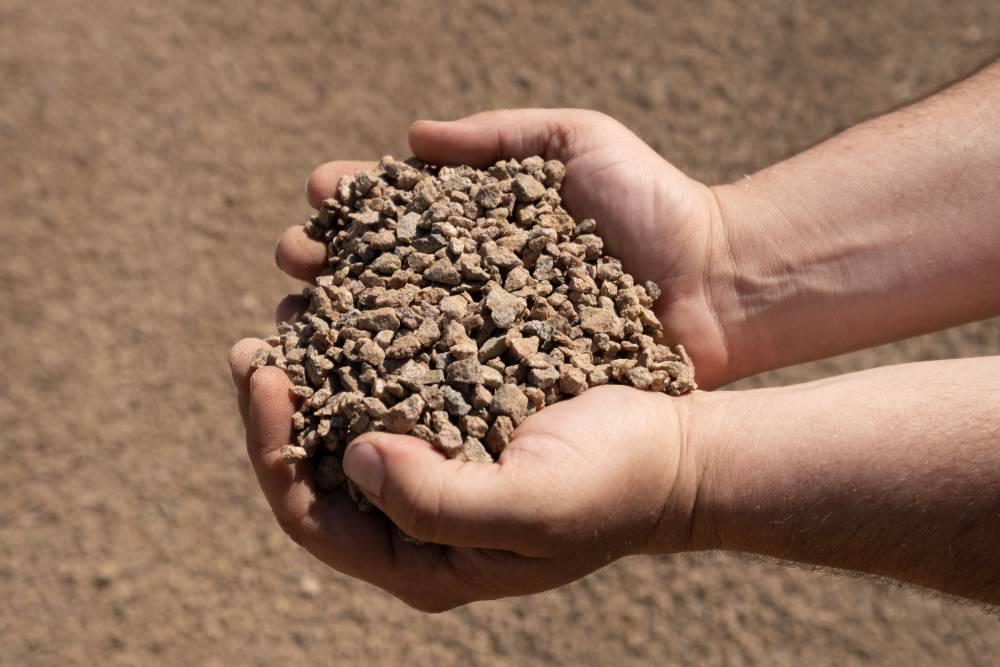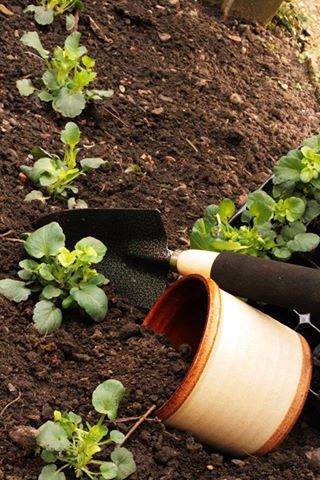This good green earth… growing forests, meadows, and places of incredible beauty. But of course literary descriptions have their “Hobbit Holes” covered in lush green grasses and the Old World had it’s simple little clan dwellings covered in roofs of the valley.
As far back as the hanging gardens of Babylon, “green roofs” have been with us. And through the centuries they have kept the turf roofed dwellings of Ireland and Scandinavia cool through the summers and warm through the winters. However, green roofs are not merely an “old world” thing. In the same way that clay stone cook ware has been “re-discovered” in this day to promote healthy living and increase life expectancy(the aluminum pans, non-stick pans, and most pans in general leek metal into our foods), these roofs are being brought back for a number like reasons.
Green roofs improve thermal performance. Houses with green roofs retain cool air all summer long! And they keep homes warm throughout the winter. Green roofs improve ambient air quality. Indoor air is typically far more polluted than outdoor air. In addition, green roofs improve the aesthetic appearance of the building as well as enhance the environment.
 STEP ONE: Start with rot resistant frames. Containment wooden frame and Permatorch Anti-Root Roofing Felt will need to both be used. Brace the inside of your structure. Then build your Containment frame to hold the green roof materials. Install additional waterproof material under frames.
STEP ONE: Start with rot resistant frames. Containment wooden frame and Permatorch Anti-Root Roofing Felt will need to both be used. Brace the inside of your structure. Then build your Containment frame to hold the green roof materials. Install additional waterproof material under frames.
STEP TWO: Install a “plasdrain drainage layer” (search Plasfeed 5+1 drainage layer). Plasdrain is a high performance drainage system designed to replace stone drainage layers. Plasdrain has been specifically developed to provide high flow capacity and added protection to waterproofing.
STEP THREE: Apply a specially formulated growing medium (soil). Custom blended nursery soil mixes and conditioners are available from So Cal Mulch. Every successful green roof system is built upon a sound waterproofing foundation and agricultural quality soils.
STEP FOUR: Cut your sedum blanket to size and carefully install. Sedum blankets are thin, light-weight mats (sometimes referred to as “vegetable mats”) that resemble sod.
STEP FIVE: Establishing your green roof during the first year requires sufficient water, and fertilizing from time to time is also advised. Do this until your plants are well established. Also, during warm weather, watering is required.



 Get ready to enjoy the best vegetables you’ve ever eaten.
Get ready to enjoy the best vegetables you’ve ever eaten.